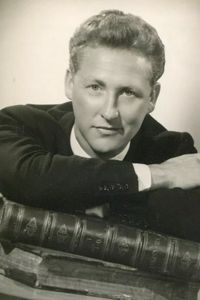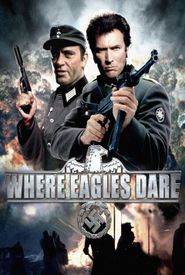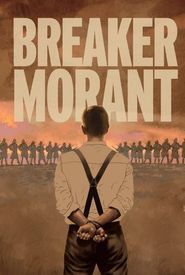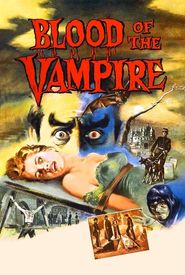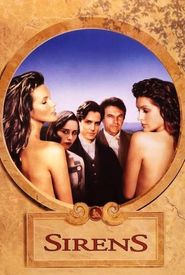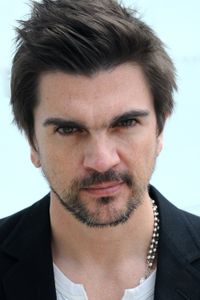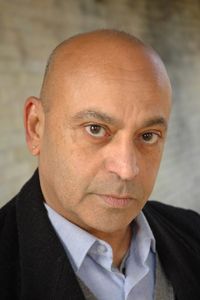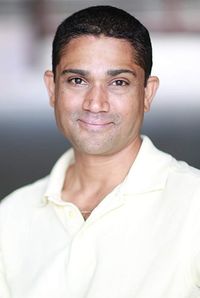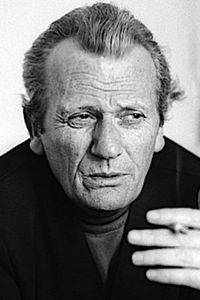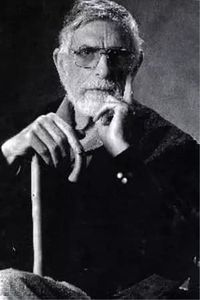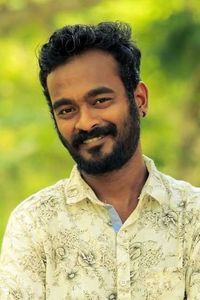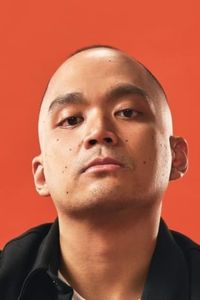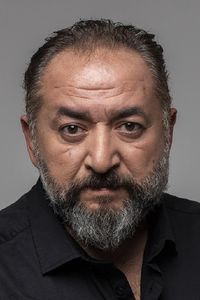Vincent's life took a dramatic turn with the outbreak of war, as he bid farewell to his job at the Australian General Electric Company and enlisted as a pilot with the Australian Air Force in England. After completing his military service, he returned to Australia and resumed his old job in 1945, but his experiences abroad had left an indelible mark on his life.
His unique dialect, a blend of Australian, Cockney, and Canadian, due to his interactions with Canadian forces, made it challenging for him to settle into his old routine. In an effort to refine his diction, he sought the guidance of a professional elocution teacher, Doreen, whom he eventually married and had a daughter, Catherine, with.
With his accent now under control, Vincent began writing letters to various production companies, requesting auditions. One of these letters was addressed to the Rank Organisation, who responded by inviting him to visit their offices if he was in the vicinity. Despite being initially employed as a stoker on a cargo ship, which took six months instead of the expected six weeks, Vincent's determination and enthusiasm ultimately led to him being offered a job as a stand-in for Donald Houston in an underwater fight scene for the film The Blue Lagoon.
This breakthrough role led to Vincent being awarded a scholarship to the Royal Academy of Dramatic Art (RADA),where he honed his craft and worked his way up to become a leading man in various stage productions, including Rain Before Seven, Barnett's Folly, and Nitro.
As his career progressed, Vincent secured bit parts in films before landing slightly larger roles in movies such as A Town Like Alice, Robbery Under Arms, and Danger Within. Eventually, he returned to Australia in the 1970s, where he continued to work in television and film, appearing in notable productions like Breaker Morant, Phar Lap, and Muriel's Wedding.
